Some might argue that cats and platform games go together like chocolate and peanut butter – a perfect match. The inherent agility and swiftness of cats make them a natural fit for platforming adventures.
When “Stray” first emerged, it caught the attention of many players with its cyberpunk post-apocalyptic setting and the premise of playing as a cat. The idea of a cyberpunk cat-themed parkour game sounded exciting, but the reality is a bit different. If you’re in the mood for a sci-fi cat platformer, look no further than “Bobby 3D.”
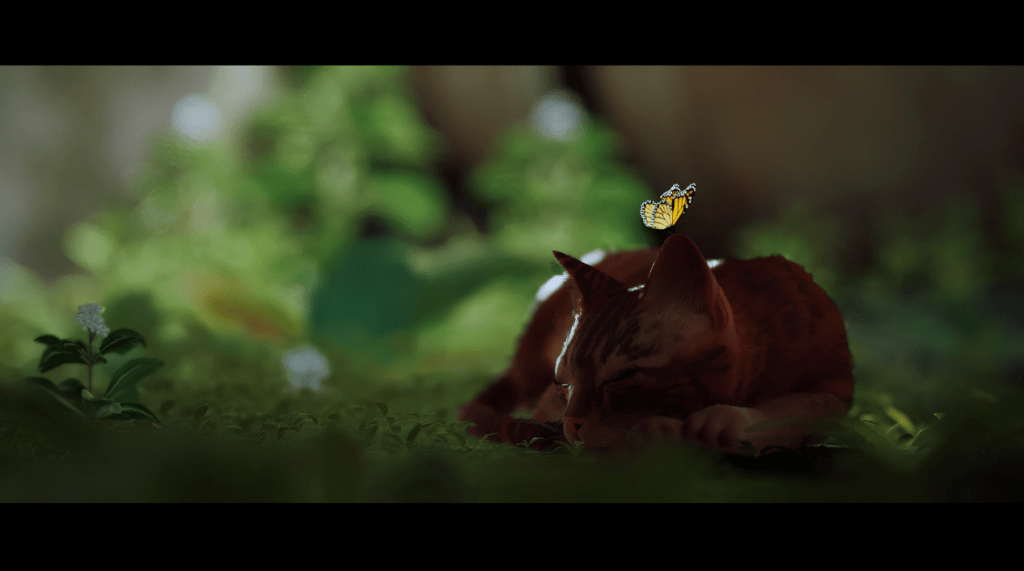
Despite the initial disappointment of “Stray” not being what one might expect, it becomes apparent why the developers opted for this direction. The abandoned setting is a highly dense industrial wasteland, adorned with remnants of trash and relics of a lost human civilization.
All that remains are discarded attachments and robot servants. These robots seem to have developed thoughts and personalities based on the remnants of human culture. They absorbed various aspects of our culture, yet didn’t fully comprehend their significance.
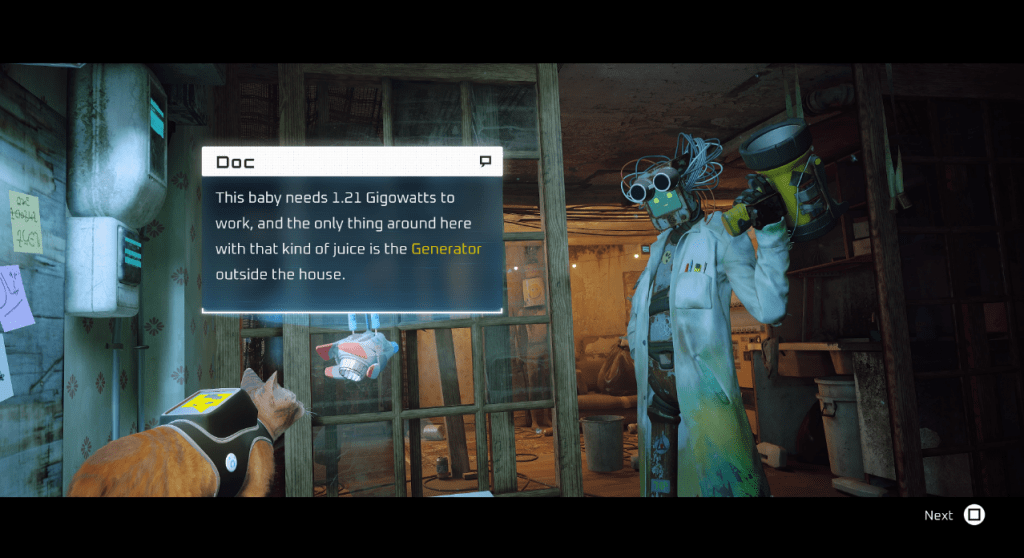
These machines have never encountered any beings other than the vicious Zurks, predatory creatures that move in packs. The Zurk packs devour both robots and cats alike, leaving no one unscathed.
“Stray” unfolds a simple yet efficiently narrated story. An orange tabby cat lives on the surface of a reclaimed Earth, frolicking with its companions. In the midst of play, it tumbles into an abyss buried under a massive dome of an ancient civilization. The journey is to escape to the surface while aiding some robots.
It’s somewhat reminiscent of “Milo and Otis’ Adventure,” but with added elements of sci-fi horror from the mind of David Cronenberg, and instead of Daddley Moore, the dialogues are conducted by a friendly drone named B-12. Interestingly, this drone’s name is the same as the developers, “BlueTwelve,” adding a meta-commentary aspect that seems to be the only information “Stray” provides about its creators. Refreshingly, playing something in the modern era that doesn’t attempt to force-feed clichéd agendas is a breath of fresh air.
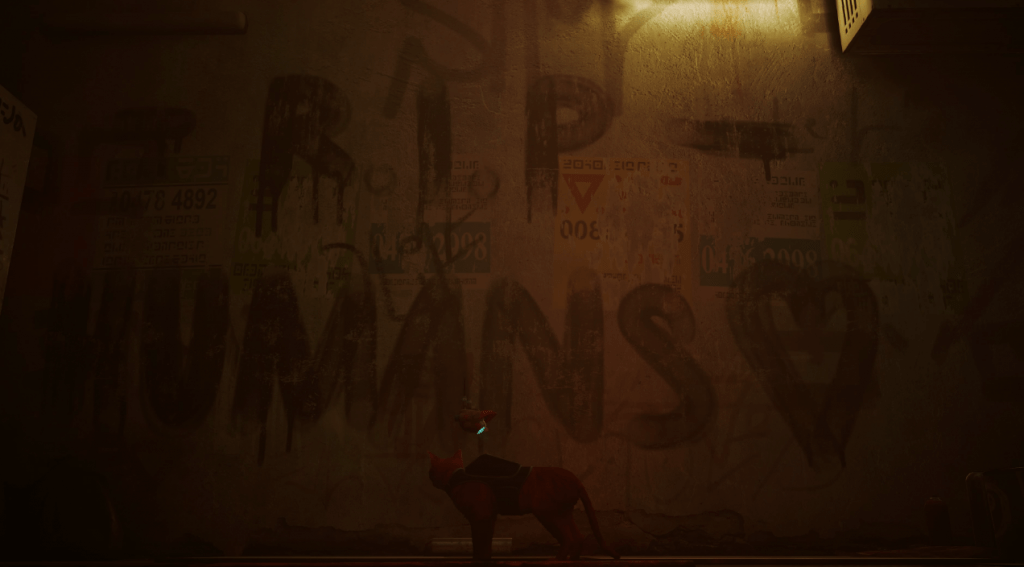
“Stray,” as a game, aims to deliver an atmospheric adventure. It’s a highly linear game with some exciting moments, where players engage in chases reminiscent of “Uncharted” or use a UV lamp to explode some bugs.
On the orange tabby cat, players can indulge in various mischievous and playful activities, resulting in amusing distractions. Most of these are entirely superficial, designed to draw players into the world and make it feel more real.
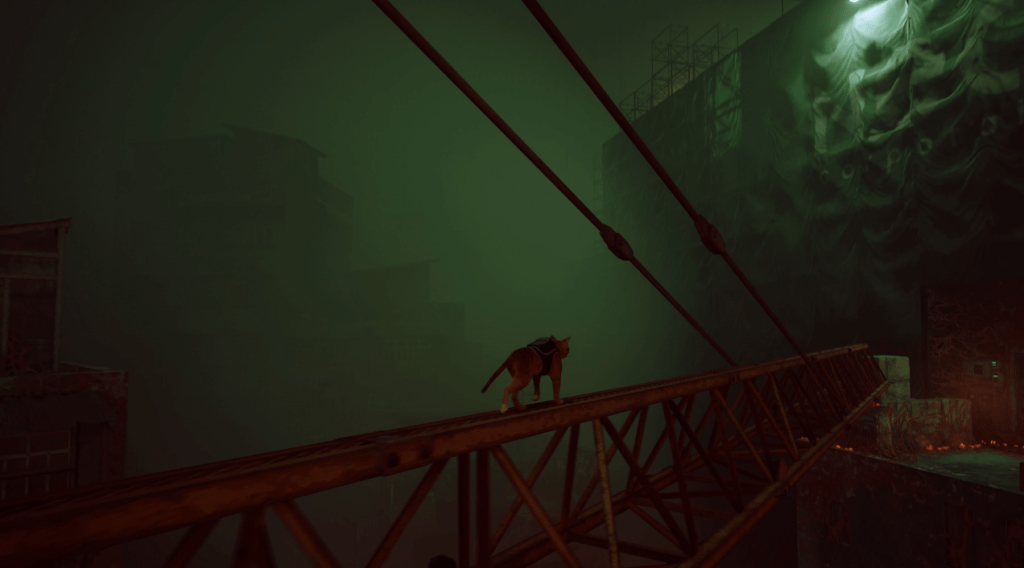
For example, scratching an itch on the side of the couch, walking on wet paint on the floor, or even knocking things off a shelf – these actions don’t offer substantial assistance in “Stray,” but they do enhance the sense of realism in playing as a cat. The game design could have gone further, but the focused and concise concept is satisfying.
Levels consist of compact platforms with varying vertical ranges. This is why the gameplay relies on a context-sensitive auto-jumping system; platformers might become too challenging otherwise. Designers aimed to capture how cats effortlessly navigate narrow beams, protruding air conditioning units, and the maze of bent beams and pipes. “Stray” is not a skill-based parkour game like “Mirror’s Edge,” but fans of “Assassin’s Creed” may appreciate a similar and simplified approach.
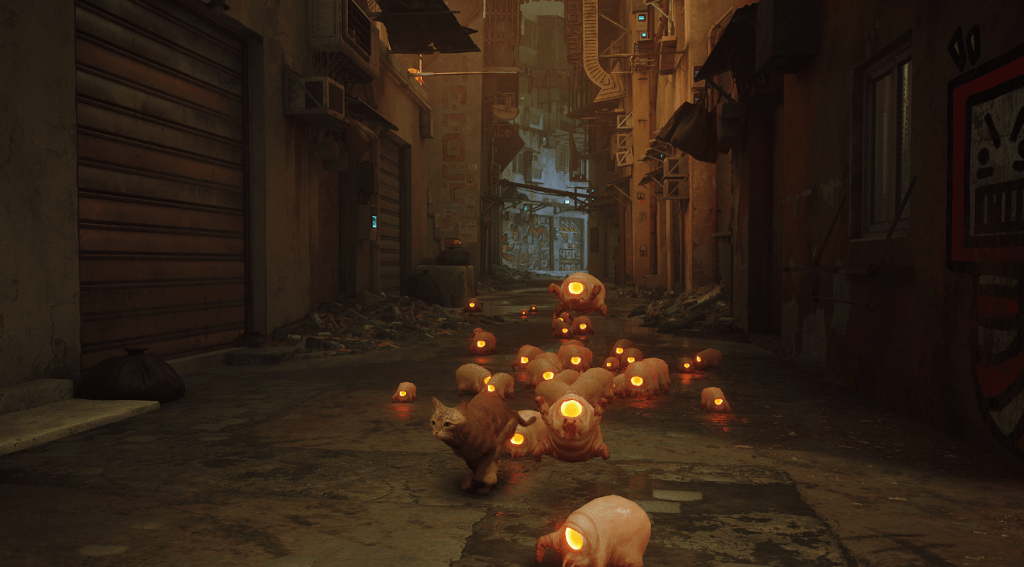
What truly sells “Stray” beyond its basic gameplay is its visual presentation. Upon closer inspection, the graphics of “Stray” are ordinary – even the model of the cat is surpassed by the “Wedge” cat in “Final Fantasy VII Remake.” Yet, everything looks great in “Stray” due to careful lighting, clever color use, and design.
Moldy garbage has never looked so appealing. The moistness of the streets and various dirt textures, combined with the glow of hazy fluorescent lights, makes the slums feel almost inviting. The warmth in the cozy apartment of some robots contrasts with the cold, harsh, metallic, and concrete maze of the alleyways.
“Stray” not only looks good, but its mood is also enhanced by its exquisite sound effects and music. The atmospheric ambiance of the desolate ruins makes this small world feel vast. There’s always a hum of unidentified currents or the dripping of water, hinting at some life within this world.
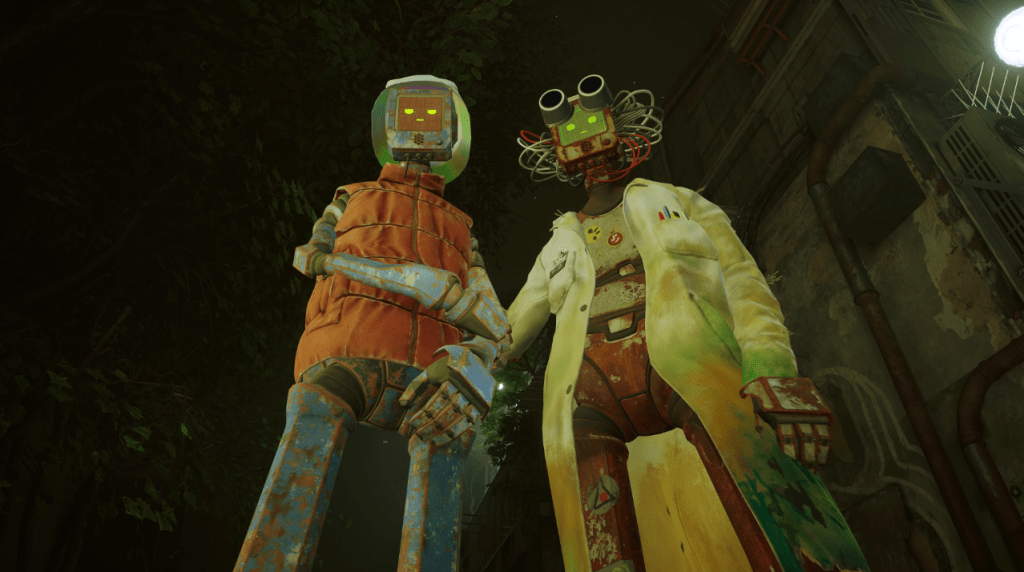
The otherworldly soundtrack is a fusion of low-fi hip-hop beats and electronic music. At times, it sounds like the score of “Fight Club,” while at other times, it seems inspired by Aphex Twin. Some tracks emphasize action with strong rhythms, while others feel lighthearted, featuring cheerful tones and easygoing samples.
“Stray” being so rudimentary might not come as a surprise. What is surprising is the lack of a photo mode and its brevity. The game should be as long as possible, yet “Stray” progresses swiftly, and by the time it ends, you’re left wanting more. Fortunately, it comes at a moderate price.
“Stray” might not be for everyone, but as long as players adjust their expectations before diving in, it’s delightful. It incorporates some puzzle-solving, chasing, and simple navigation, but it doesn’t demand too much precision or dexterity from players. Just aim the camera and jump prompts, and the cat lands precisely on target – something anyone can play.


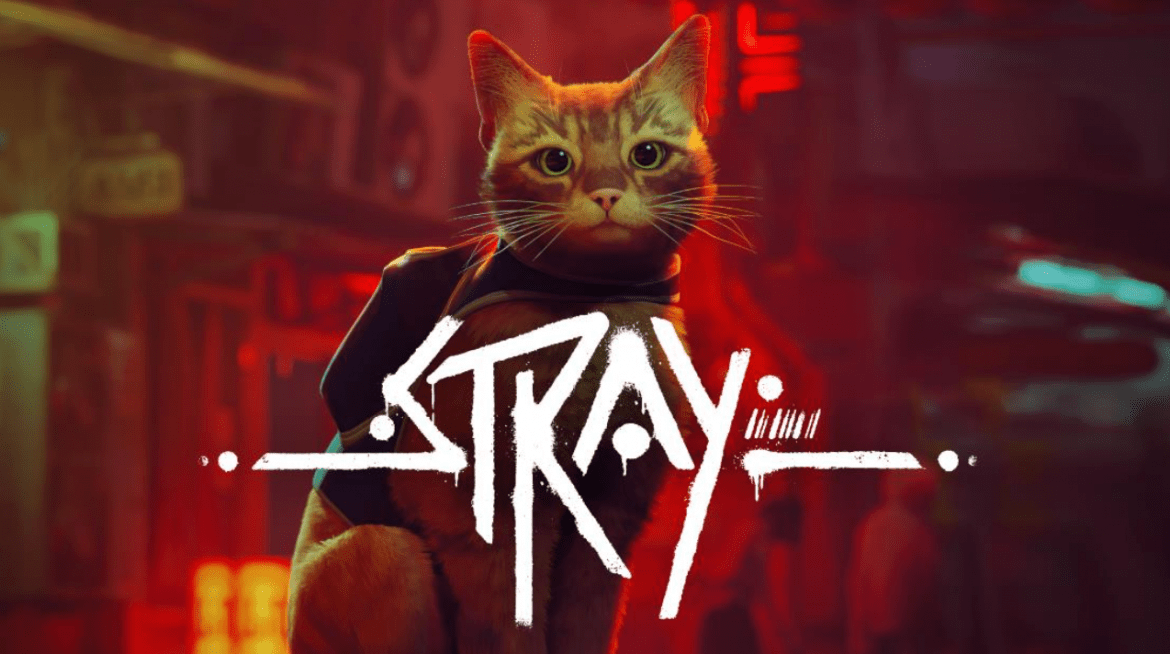
Leave a Reply